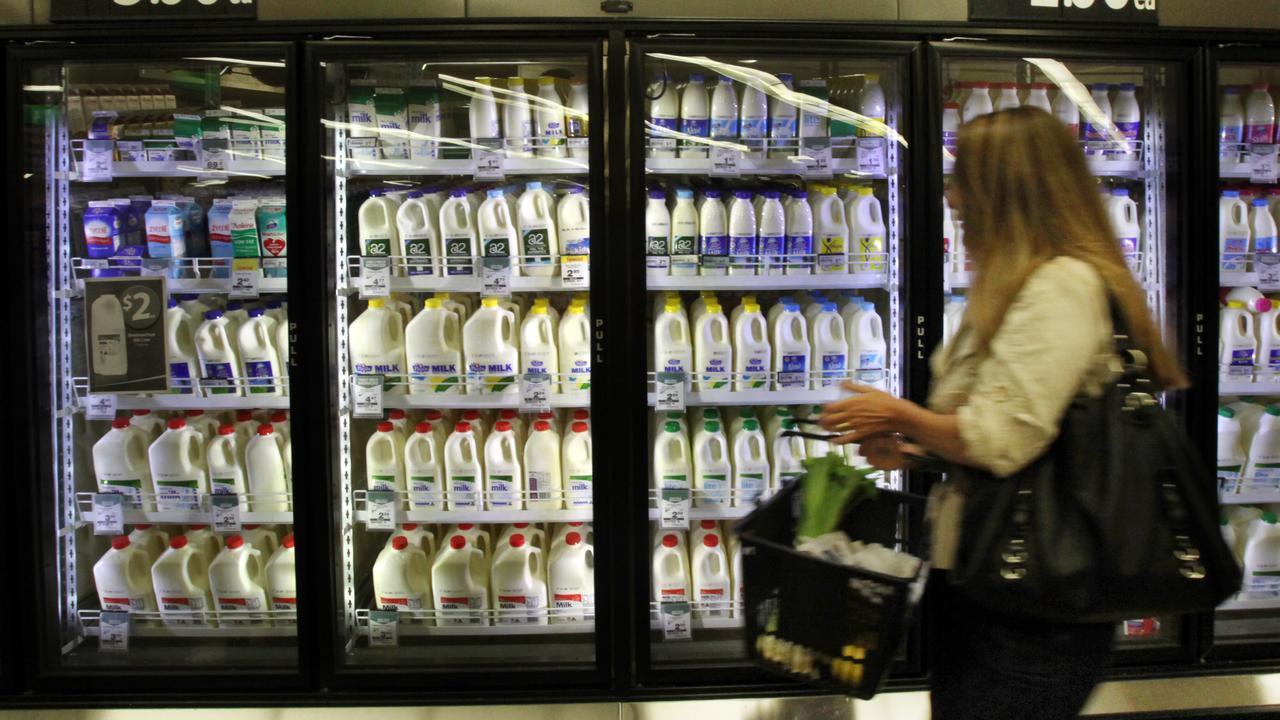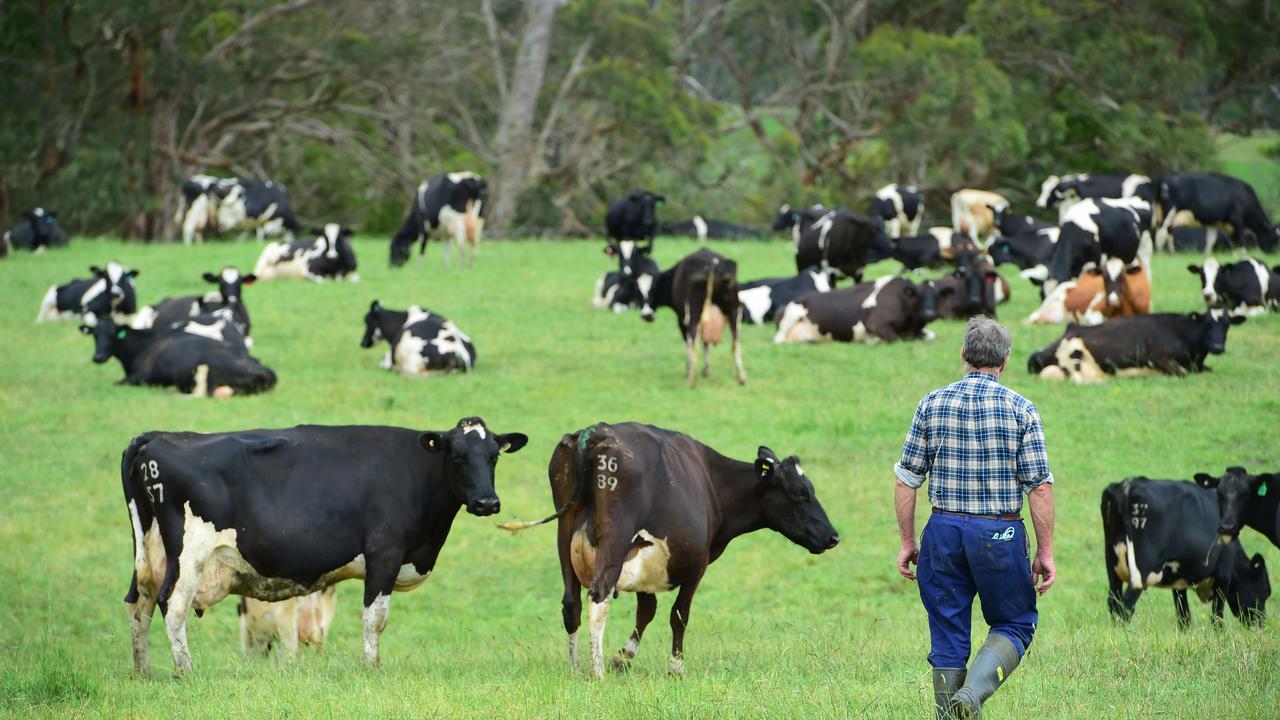Fuel load maps: The risk of potential arson is no reason to keep maps hidden
Daniel Andrews can’t use arson as an excuse to keep fuel load maps secret, write Mark Adams and Peter Attiwill.

POTENTIAL arson is cited by the Victorian Government as reason to not release fuel load data and adds to a now totally opaque fuel management policy.
Refusal to release fuel data is a display of disinterest in the lives of rural Victorians and firefighters.
Would the Government refuse to release location details of a mains gas leak, or leaking petrol tanks in urban Melbourne, for fear an arsonist might use that? Of course not. Yet rural people were given no warning whatsoever of fuel loads every bit as dangerous as gas or petrol. There is nothing potential in the fact fires were ignited by lightning, not arsonists.
The Victorian Government, including the Premier and senior ministers, have now repeatedly stated that “the current fires burn right through our strategic Fuel Reduction Burns”.
These assertions show a lack of understanding and respect for Recommendation 56 of the 2009 Victorian Bushfires Royal Commission. Curiously, such statements are also clear admissions by the Government of the failure of their own policy.
The Government replaced VBRC Recommendation 56 with its policy of “strategic FRB” or “burning smarter”. History now shows “burning smarter” is code for doing less — two thirds less than VBRC Recommendation 56.
The royal commissioners understood FRB must be undertaken year-in, year-out. It is the cumulative effect of reduced fuel loads across the landscape that will reduce risks for firefighters, and help them extinguish fires. Single, small FRB will not stop a raging crown fire pushed by strong winds that can carry red-hot embers many kilometres ahead.
Cherrypicking a single “strategic burn” for its failure to stop fires is blatantly disingenuous. It is just as disingenuous to cherrypick examples where FRB has gone wrong, such as at Lancefield. How about owning up to the poor training, lack of resources, and bureaucratic red tape responsible for the 2015 Lancefield fiasco?
The royal commissioners never intended FRB to be a static defence.
Instead, FRB is designed to assist firefighters by reducing fire intensity at large scales. There are many East Gippsland examples of recent bushfires being halted by the combined forces of firefighters and FRB.
The VBRC took evidence from relatives and friends of those who died. It took evidence from firefighters and others directly involved in the disaster. It took sworn testimony from an expert panel. Recommendation 56 is clear, transparent, and a measure against which the Government should be held to account.
In its place we have opaque “models”, relying on hidden data and assumptions. We have an arbitrary 70 per cent residual risk. What justification is there for 70 per cent? Why not 30 per cent? Or 10 per cent? “Smart burning”, as introduced by the Government, has never been independently tested, let alone adequately justified, yet VBRC Recommendation 56 was exhaustively researched.
Rural Victorians deserve better than this blatant discrimination. Cherrypicking examples, and deliberate undermining of FRB, disrespects the entire VBRC. “Arson” is yet another red-herring of whale-size proportions designed to distract from inaction on fuels.
● Mark Adams is former University of Sydney Dean of Agriculture and Forestry and Peter Attiwill is University of Melbourne forest fire expert


